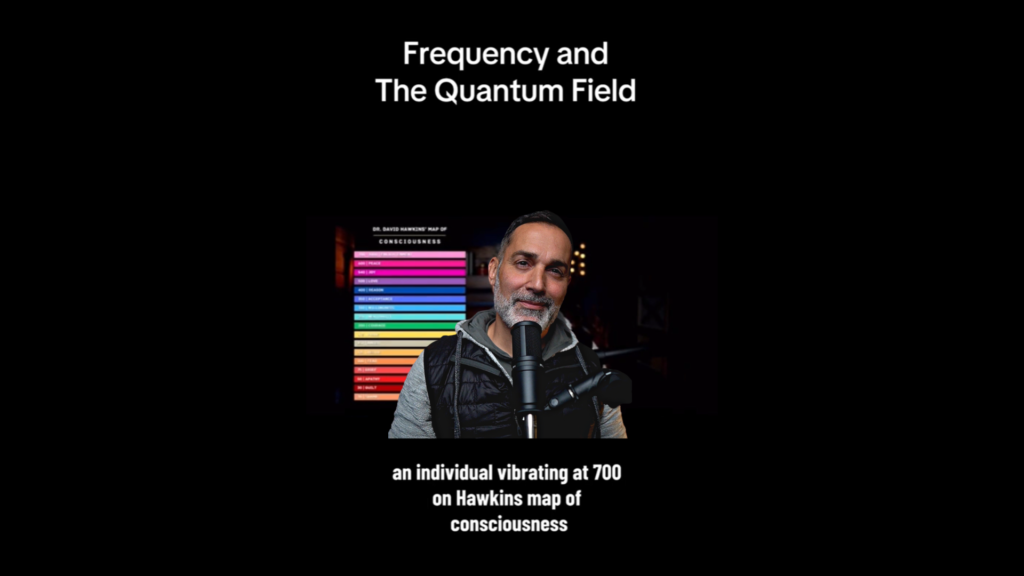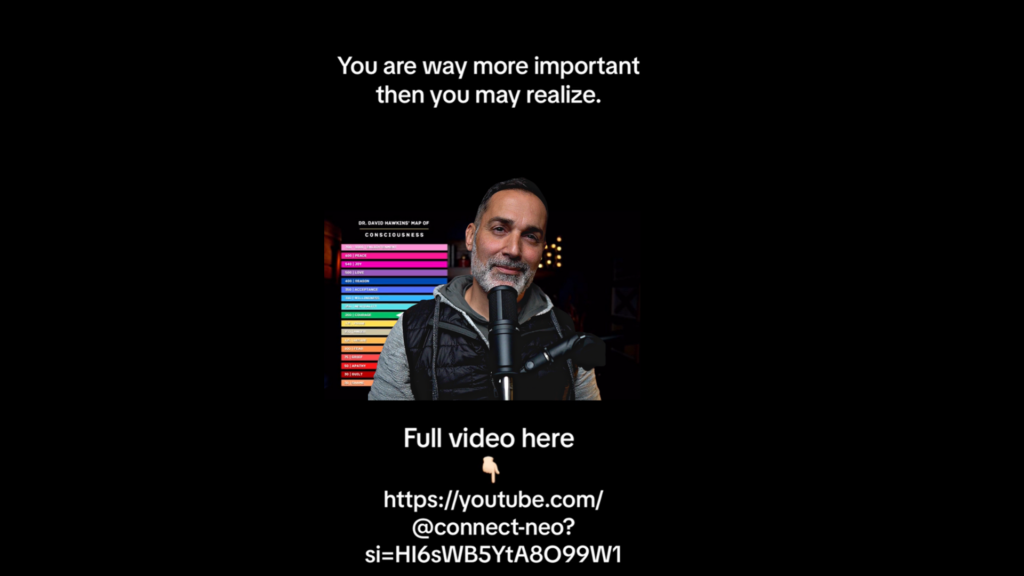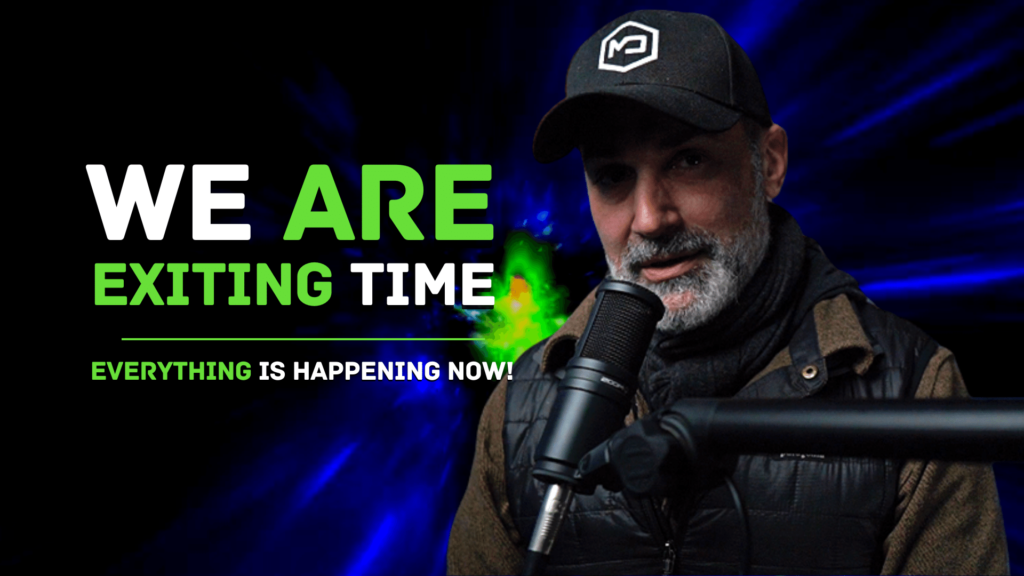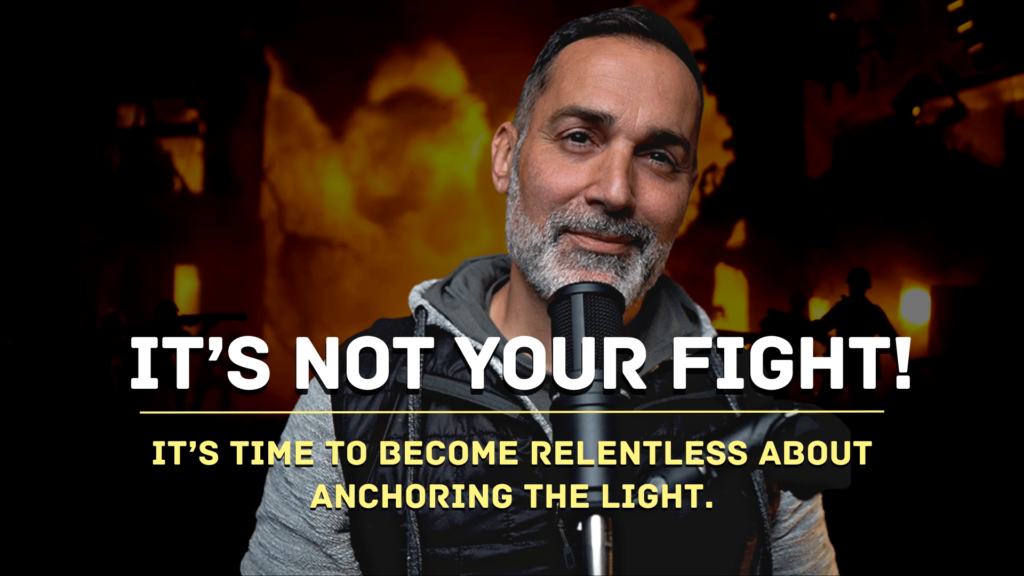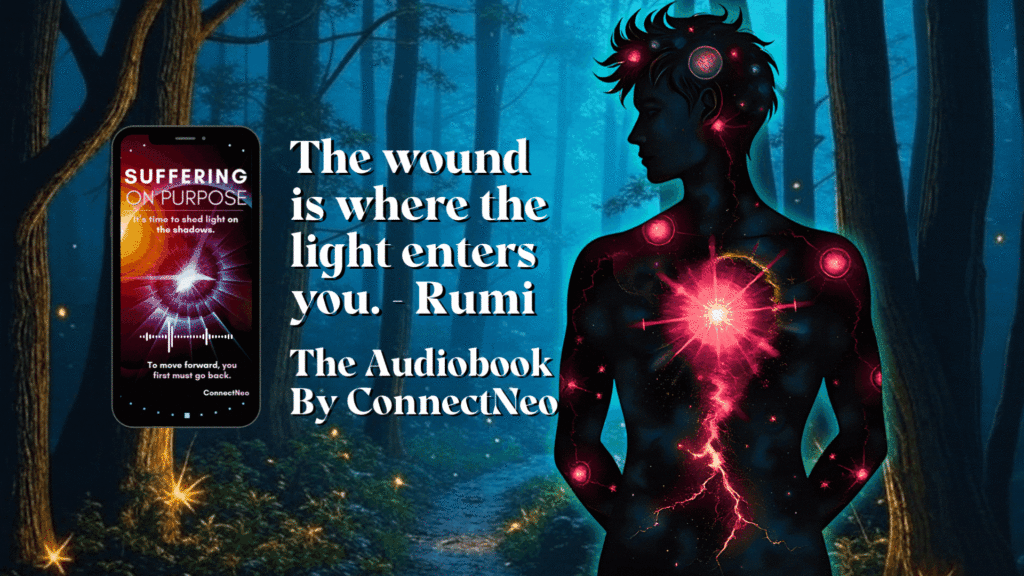Good design solves a problem. As a brand strategist that problem could be figuring out the best way to turn long chunks of words that might not get read, into something that feels more manageable to a reader. It could be fixing an image with a terrible background, or introducing a new brand color. It could be organizing homepage content in a way that makes audiences feel comfortable, or like they have arrived in the right place.
The ‘problem’ doesn’t need to be be complicated, or tediously abstract. They can be more nuanced challenges like helping people feel more understood or more seen, as who they are is reflected back to them by your brand. Good design is practical, it creates meaning on website homepages, and gives audiences direction and sense of purpose. It bridges the gap when words alone are not adequate to the task of describing complicated ideas. It let’s people know how they’re supposed to be feeling as they internalize your content.
Good design doesn’t take more time than it should. Don’t get me wrong. Good design takes time. Just not more time than it should. In my experience good design itself isn’t at the core of good creative. A good concept is. And that concept is usually, not always, but usually anchored in copy. And copy, value strategy, understanding the needs of the audience, these can take time to coalesce. By the time design is involved, it should be in response to copy. Which is a polite way of saying a lot of the design should be “figured out” conceptually before your snooty designer even has the chance to turn on their over-priced mac.










